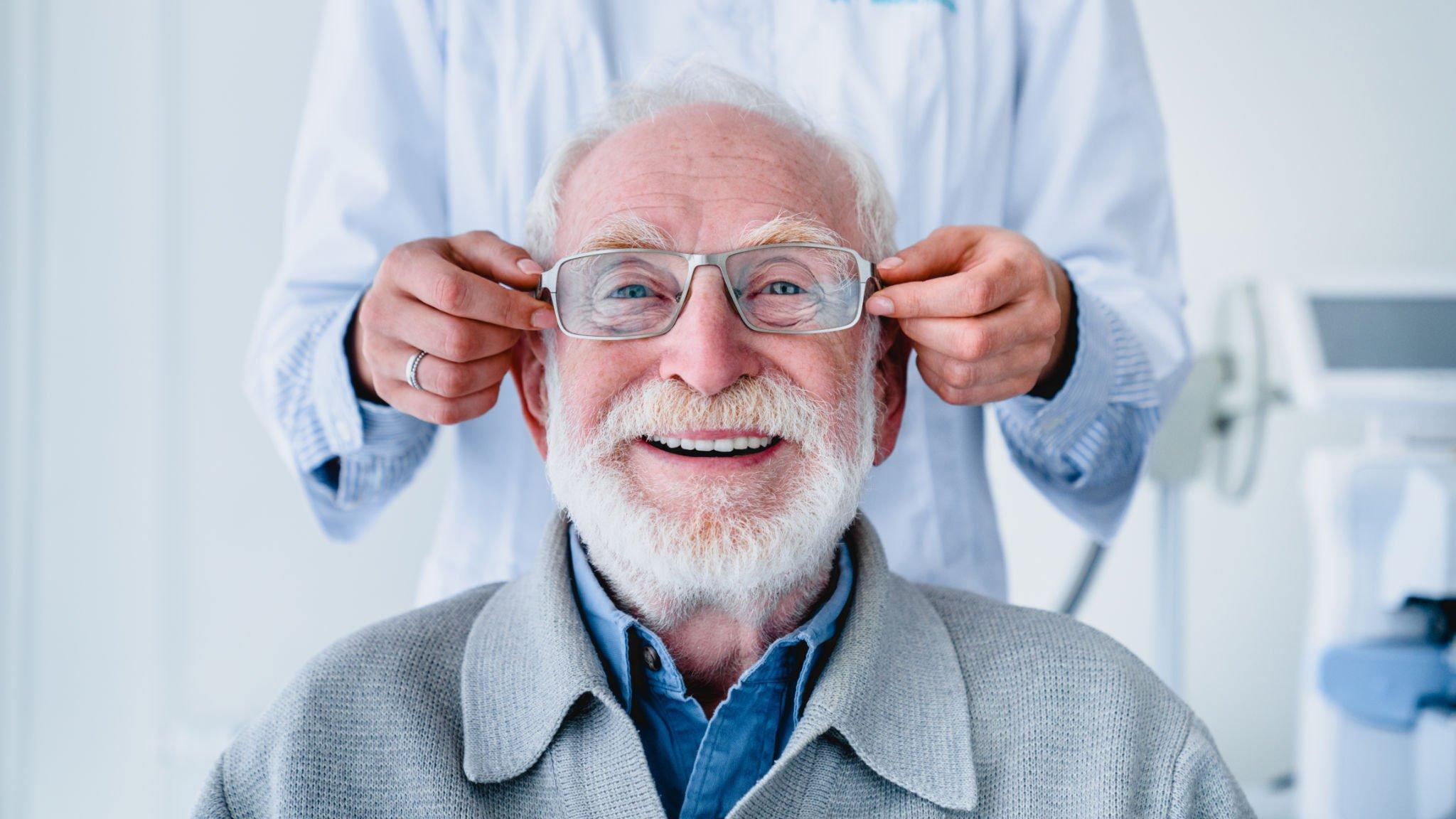The Human Touch: Enhancing Recovery Through Manual Physical Therapy

“Feel the healing embrace: where hands meet hope, The Human Touch restores, rejuvenates, and revives.”
Contents
Introduction
Within the field of physical therapy, manual physical therapy is a particularly noteworthy strategy due to its deep efficacy despite its simplicity. Using competent practitioners to manipulate muscles, joints, and soft tissues to relieve pain, increase mobility, and promote general well-being, this hands-on approach to treatment stresses the power of touch. In this piece, we explore how manual physical therapy may significantly improve function and aid in recuperation.
Understanding Manual Physical Therapy
Manual physical therapy is based on the skill of human touch, in contrast to other kinds of physical treatment that could rely mostly on tools or machinery. Skilled therapists evaluate and manage musculoskeletal disorders with their hands, using a variety of methods including manual stretching, joint mobilization, and soft tissue mobilization. Therapists can pinpoint regions of stress, restriction, or dysfunction by palpating muscles and joints. This enables focused intervention to restore ideal mobility and function.
The Personalized Approach
The individualized nature of manual physical therapy is one of its main advantages. Therapists adapt their methods to the unique requirements and objectives of each patient, as opposed to using a one-size-fits-all strategy. Therapists create individualized treatment regimens that target the underlying cause of the patient’s issue, fostering long-lasting benefits and averting further damage, via meticulous evaluation and continuous communication.
Empowering Patients
- Education and Self-Care: Beyond providing hands-on care, manual physical therapy also entails teaching patients about their conditions and equipping them with self-care skills. To assist patients grasp the boundaries and mechanics of their bodies, therapists take the time to discuss the fundamental reasons for the patient’s ailments. Through teaching patients about body mechanics, appropriate posture, and injury prevention techniques, therapists provide patients with the skills they need to take an active role in their recovery.
- Individualized Exercise Programs: Manual therapists provide customized workout regimens based on the unique requirements and objectives of each patient in addition to providing hands-on treatments. With an emphasis on addressing the underlying causes of the patient’s disease and fostering long-term healing, these exercises seek to increase strength, flexibility, and stability. Therapists encourage patients to continue their therapy outside of the clinic by teaching them how to execute exercises appropriately and securely. This promotes independence and self-efficacy.
Encouragement and Support
The most significant benefit that manual therapists offer their patients is probably the constant support and encouragement they need during their recuperation. Therapists give their patients confidence and resilience by praising their accomplishments and providing comfort when they experience setbacks. This helps patients develop a positive outlook, which is crucial for recovery. This encouraging setting fosters trust, cooperation, and respect between the therapist and the patient, strengthening the therapeutic bond and improving the therapeutic experience.
The Holistic Perspective
Manual physical therapy incorporates a holistic viewpoint that takes into account the interdependence of the body, mind, and spirit in addition to its physiological benefits. In addition to treating physical symptoms, therapists consider the psychological and emotional components of rehabilitation. Therapists assist patients in overcoming the psychological difficulties associated with injury or suffering by fostering a compassionate and encouraging atmosphere that fosters resilience and overall well-being.
Conclusion
Even in this day of rapid technological development and medical improvements, the fundamentally basic but deep power of the human touch is still essential to healing. This idea is best shown by manual physical therapy, which provides a hands-on strategy that goes beyond symptom treatment to promote real healing and restoration. Hands-on therapists enable patients to restore their health, energy, and quality of life by utilizing the therapeutic power of touch.
(Frequently Asked Questions)FAQs
Question: Is manual physical therapy painful?
Answer: No, while it may cause some discomfort, it should not be excessively painful.
Question: How long does a manual physical therapy session last?
Answer: Sessions typically last between 30 minutes to an hour, depending on the treatment plan.
Question: How many sessions of manual physical therapy will I need?
Answer: The number of sessions varies based on the condition and individual factors.
Question: What should I wear to a manual physical therapy session?
Answer: Comfortable, loose-fitting clothing that allows for movement is ideal.






